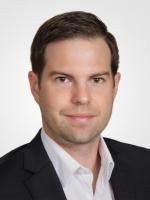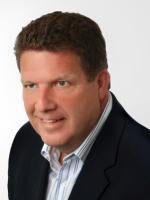NFL agent Don Yee, longtime representative of Tom Brady, and a list of football notables including ESPN’s Adam Schefter and two-time Super Bowl winning coach Mike Shanahan intend to form the Pacific Pro Football League (“PPFL”) with four teams in the Southern California region and commence league play in the summer of 2018. Not seeking to compete with the NFL,
the burgeoning league seeks to create a new feeder-system to help develop the next generation of NFL stars.
The PPFL, in theory, aims to compete with amateur football organizations, such as the NCAA, National Junior College Athletic Association (“NJCAA”), California Community College Athletic Association (“CCCAA”), and National Association of Intercollegiate Athletics (“NAIA”), rather than the NFL.
The PPFL will only be open to football players who are up to three years removed from high school. This means the PPFL’s eligibility age restrictions coincide with the NFL’s current restrictions which mandate that players must be three years removed from high school graduation or 21 years old in order to be eligible for league competition. Currently, the 18-21 age group of football players competes almost entirely in amateur football. High-profile student-athletes enroll almost exclusively in “Power Five” or “autonomy” institutions, and those who fail to academically qualify for Division I or otherwise render themselves ineligible compete in varsity competition for junior college or NAIA institutions.
In recent litigation involving the NCAA and the NFL Players Association (NFLPA), the NCAA has faced legal challenges to its amateurism model. The NCAA and NFLPA have had the NFL’s age restrictions challenged in court. The principle at the crux of these lawsuits is that high-profile student-athletes in football are economically valuable and deserve to be compensated fairly. Media narratives have hammered home this sentiment, as the NCAA often has been cast as an entity that has exploited high-profile football student-athletes for economic gain.
In theory, the PPFL will test both the economic value of football players who are disqualified from being compensated as NFL players, and the economic value of participation in NCAA, NAIA, and junior college athletics.
Should the PPFL attract high-profile football players as it hopes, some of the questions raised in recent litigation regarding the actual value of high profile college football players will be answered. Consumer interest in the PPFL may demonstrate if consumers are drawn to college football because of the institutions or the spectacle of amateur competition, or if consumers are interested because of the quality and appeal of the players themselves.
Additionally, whether high-profile players choose to join the PPFL will demonstrate the value of participation in college athletics. The PPFL intends to pay all of its players around $50,000 annually and provide vocational and internship opportunities, workers’ compensation packages, and insurance coverage. Whether these are enough to lure the most elite football players away from Power 5 programs remains to be seen, but it could be argued that the value of scholarship, cost-of-attendance, insurance, training, coaching, disability insurance, and additional benefits that Division I programs are able to offer appears to be of equal or greater economic value.
Perhaps the PPFL’s most significant competitor for talent will be the junior college associations and the NAIA. In basketball, some elite prospects who did not qualify academically for Division I competition have decided to turn to international professional leagues or the National Basketball Association Development League (NBDL). If an NBDL-like alternative exists for football, what option will future non-qualifiers choose?





 />i
/>i
